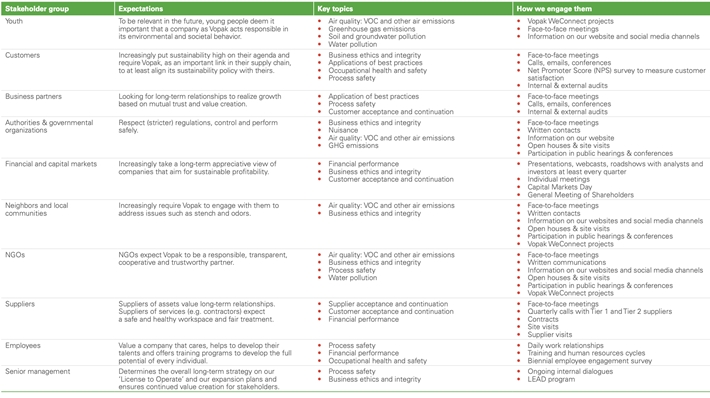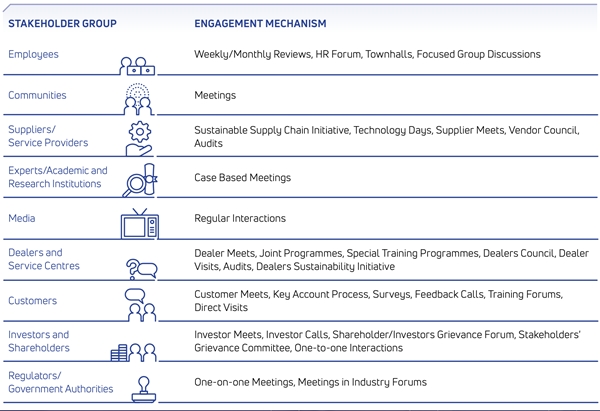Commitment, Policy, and Strategy
The report should describe the policy and strategy for stakeholder engagement, including :
- Stakeholder identification;
- Stakeholder analysis to identify the needs and interests of diverse stakeholders;
- Differentiated approaches for priority groups;
- Iterative disclosure and consultation;
- Grievance mechanism and reporting;
- Management-level mechanisms to raise and resolve consistent stakeholder issues.
Leadership Practices
Stakeholder engagement commitment and policy should be visible to staff, contractors, suppliers, and collaborators through a publicly disclosed code of conduct. Stakeholder engagement can be extended to suppliers and contractors through policies or tender requirements.


